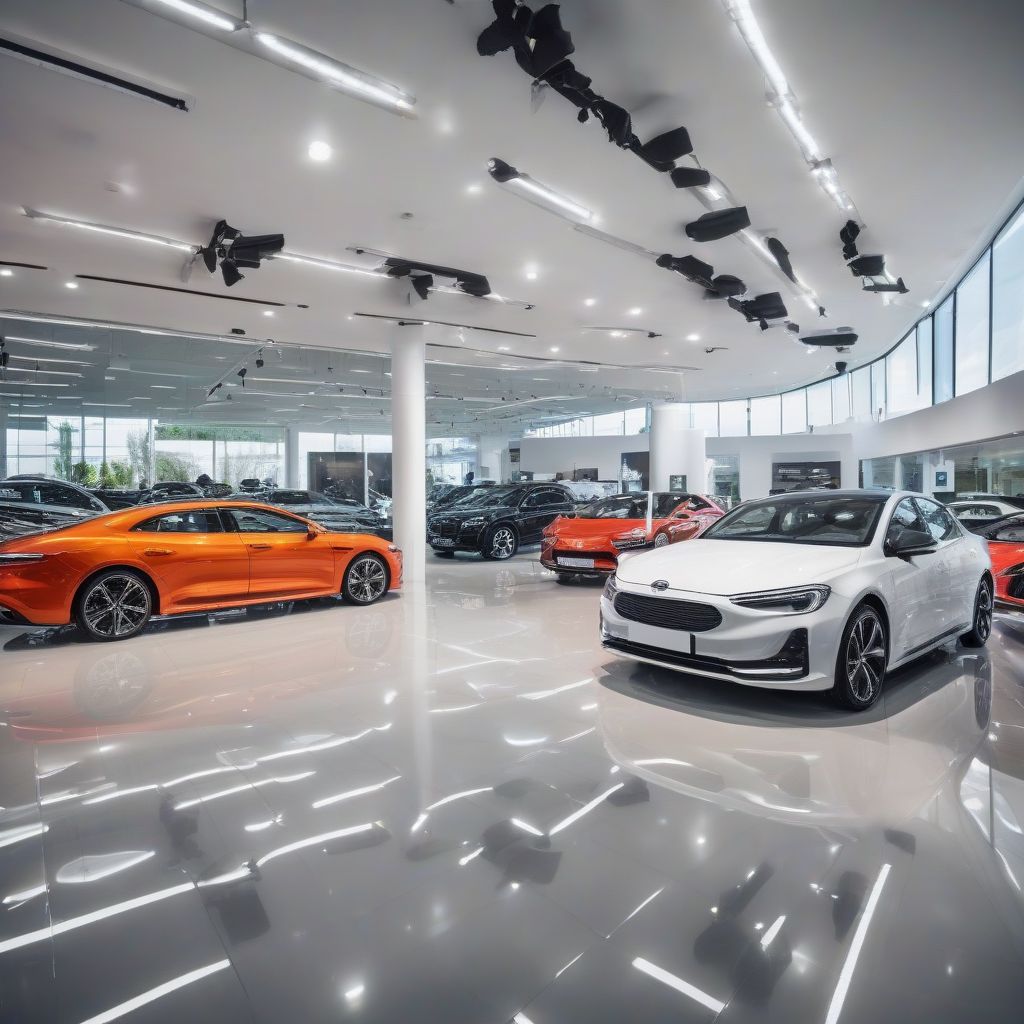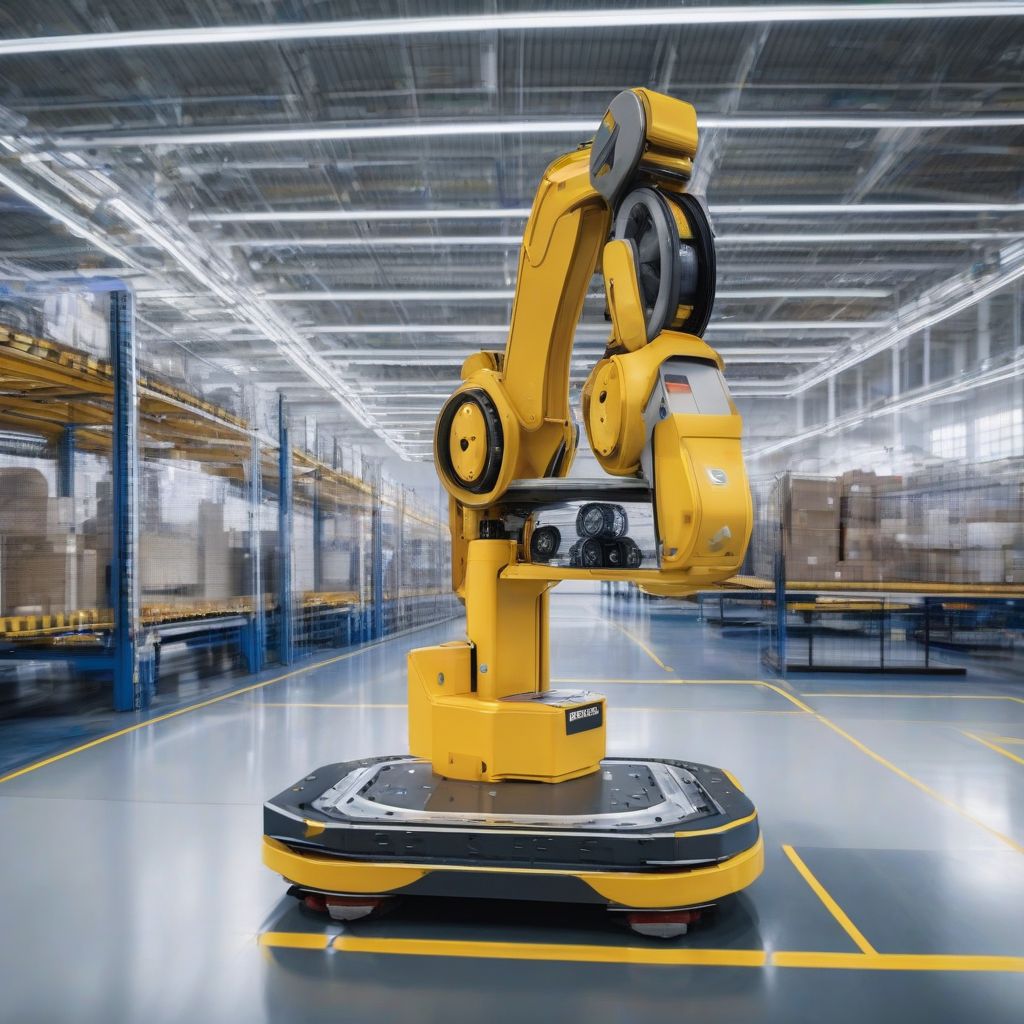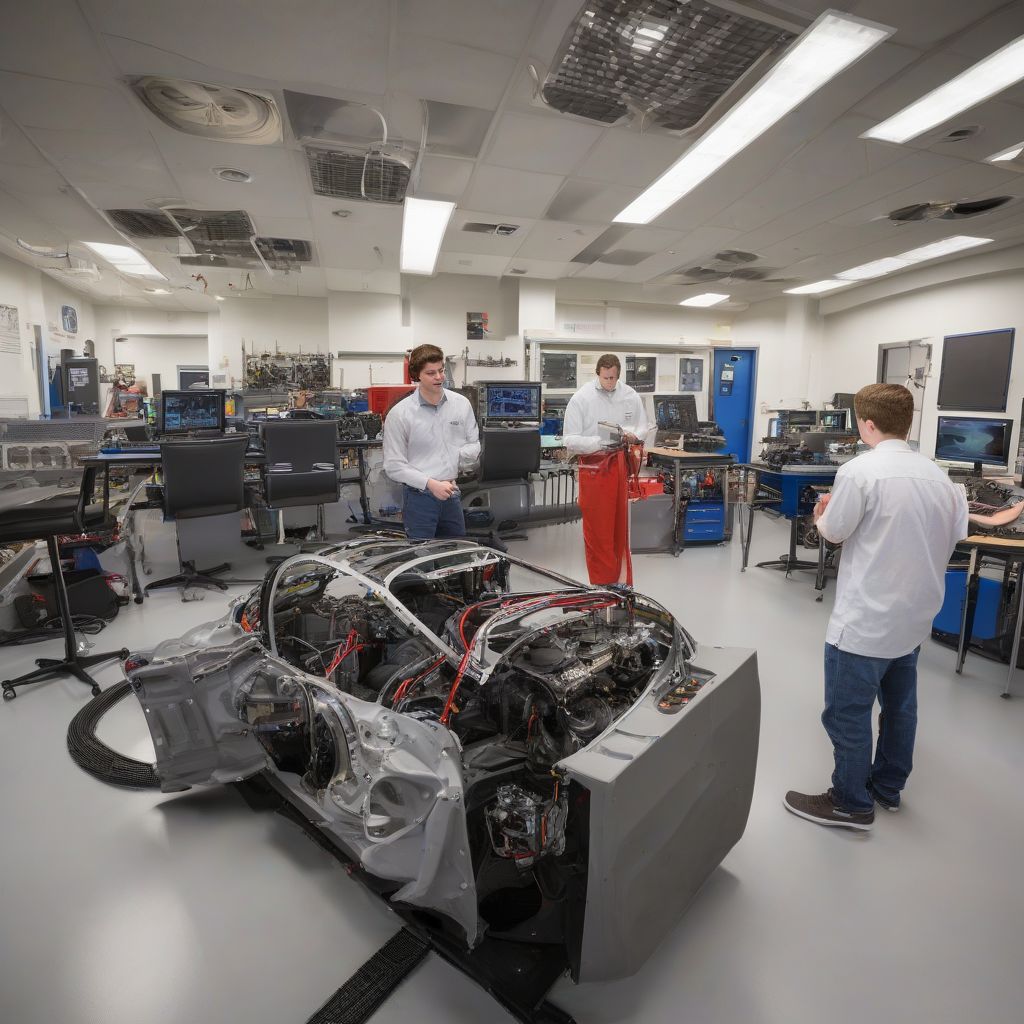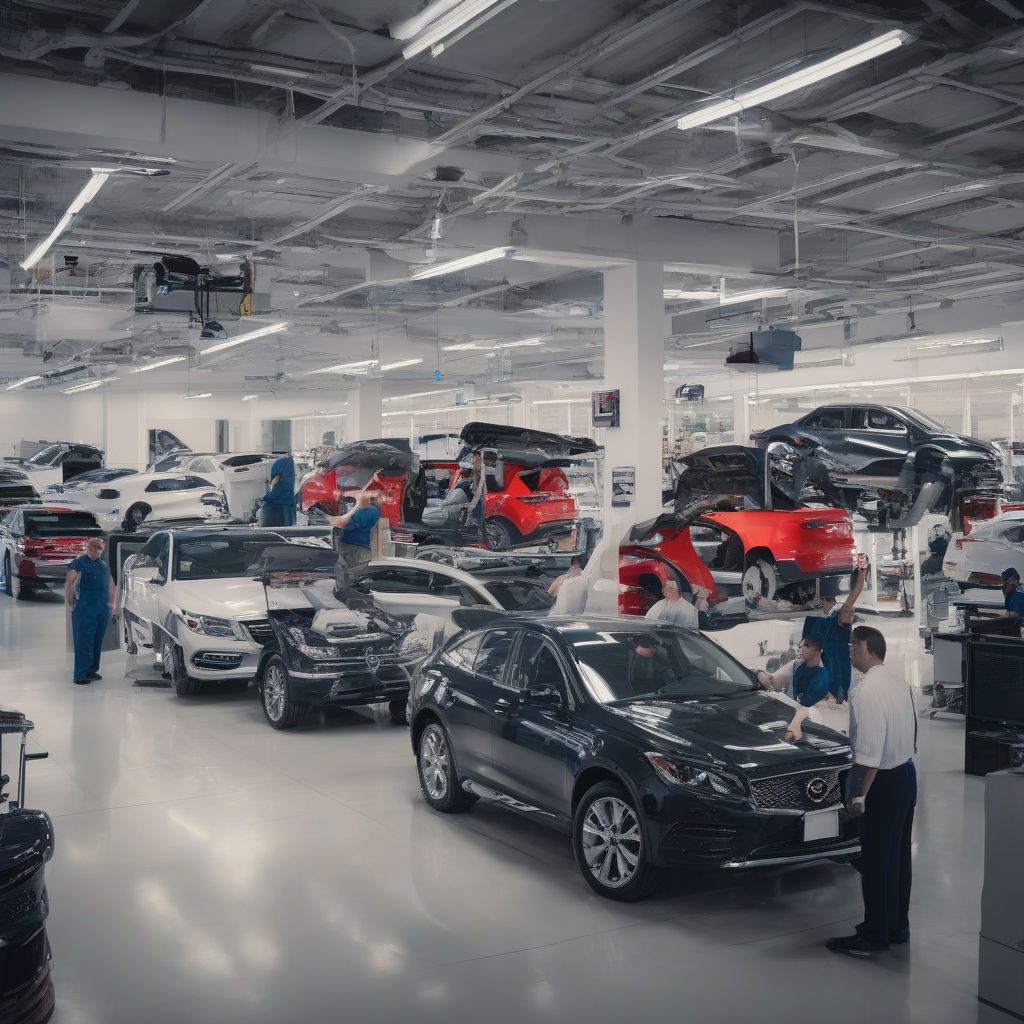The automotive industry is rapidly evolving, driven by technological advancements and changing consumer demands. One crucial component of this industry, often overlooked, is automotive glass. This article will delve into the European automotive glass sector, examining its significance, market trends, and the impact of automation.
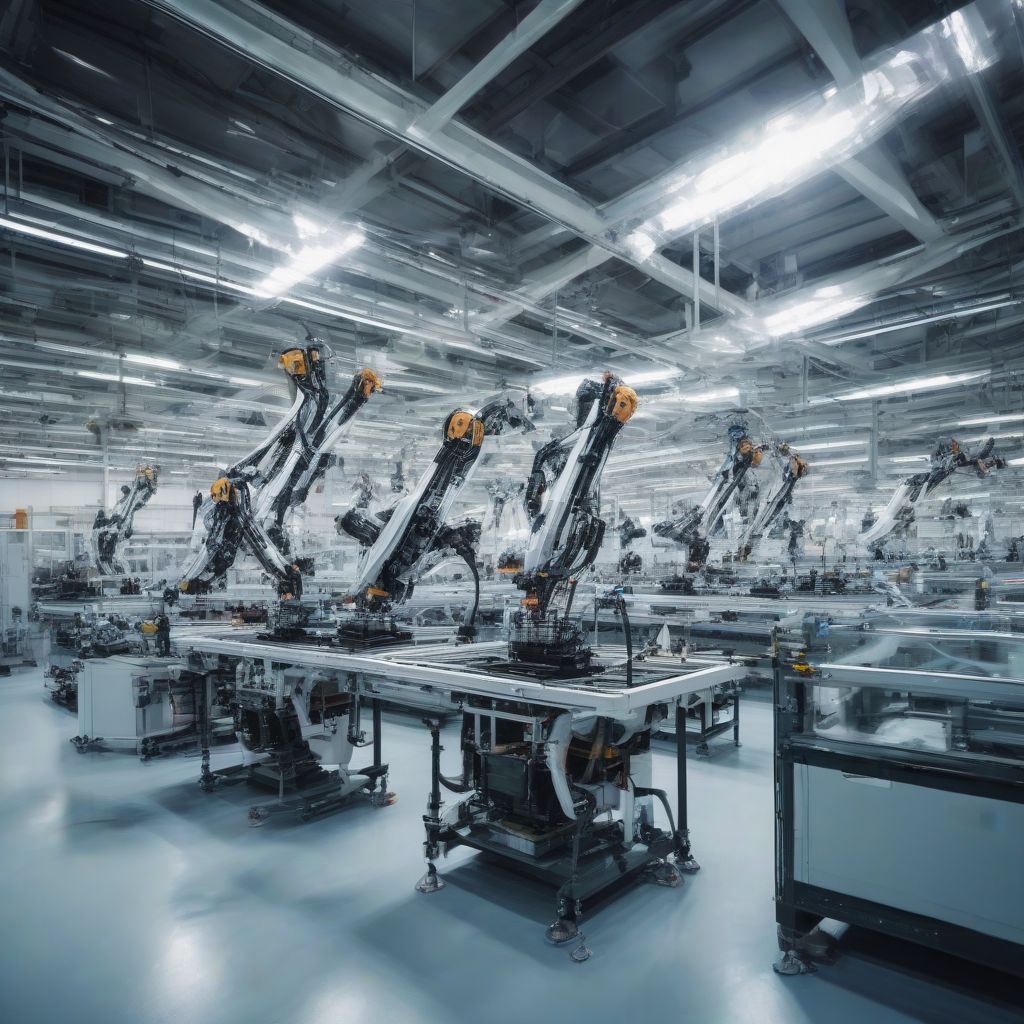 Car Windscreen Manufacturing Plant
Car Windscreen Manufacturing Plant
Understanding Automotive Glass Europe
The European automotive glass industry encompasses the design, production, and distribution of glass components for vehicles across the continent. This includes:
- Windshields: Providing structural integrity, driver visibility, and protection from wind and debris.
- Side windows: Offering visibility and protection for passengers.
- Rear windows: Providing rear visibility and often integrating heating elements.
- Sunroofs and Panoramic roofs: Enhancing the driving experience with natural light and open views.
Market Dynamics and Trends
The European automotive glass market is shaped by several factors:
- Vehicle Production: Fluctuations in car manufacturing directly impact the demand for automotive glass.
- Technological Advancements: Innovations in glass technologies, such as lightweight materials, embedded sensors, and head-up displays (HUDs), are driving growth.
- Safety Regulations: Stringent safety standards in Europe necessitate high-quality glass that meets impact resistance and visibility requirements.
- Environmental Concerns: Increasing emphasis on fuel efficiency is driving demand for lightweight glass solutions.
The Role of Automation
Automation plays a pivotal role in modern automotive glass manufacturing and is transforming the industry in several ways:
- Precision Manufacturing: Robots and automated systems ensure precise cutting, shaping, and assembly of glass components, enhancing quality and reducing defects.
- Increased Efficiency: Automation streamlines production processes, leading to higher output and reduced lead times.
- Improved Safety: Automating hazardous tasks in glass manufacturing enhances worker safety.
- Data Analytics: Automated systems collect and analyze data, providing insights into production efficiency, quality control, and potential areas for improvement.
Frequently Asked Questions About Automotive Glass Europe
1. What are the key trends driving the demand for automotive glass in Europe?
The demand is fueled by factors like the growth of the electric vehicle (EV) market, advancements in Advanced Driver-Assistance Systems (ADAS) that require specialized sensors integrated into windshields, and the rising popularity of panoramic sunroofs.
2. How is the circular economy influencing the automotive glass industry?
Sustainability is paramount. There’s a growing focus on recycling and reusing automotive glass, minimizing waste, and reducing the environmental impact.
3. What are the challenges faced by the automotive glass industry in Europe?
The industry faces challenges such as the volatility of raw material prices, increasing competition from global players, and the need for continuous innovation to keep pace with evolving automotive technologies.
Conclusion
The automotive glass sector in Europe is a dynamic and innovative industry. As automotive technology rapidly advances, the demand for sophisticated, high-quality glass components will continue to rise. Automation is crucial in meeting these demands, driving efficiency, safety, and the development of cutting-edge solutions for the vehicles of tomorrow.
